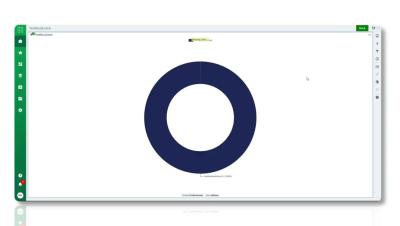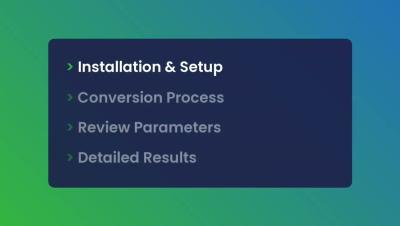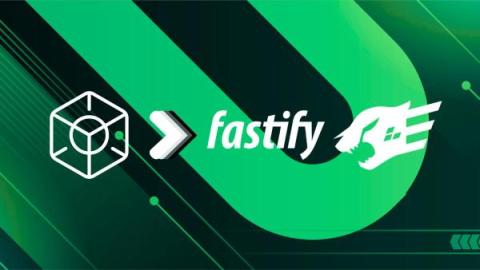Combine data across BigQuery and Salesforce Data Cloud securely with zero ETL
We are excited that bidirectional data sharing between BigQuery and Salesforce Data Cloud is now generally available. This will make it easy for customers to enrich their data use cases by combining data across different platforms securely, without the additional cost of building or managing data infrastructure and complex ETL (Extract, Transform, Load) pipelines.











